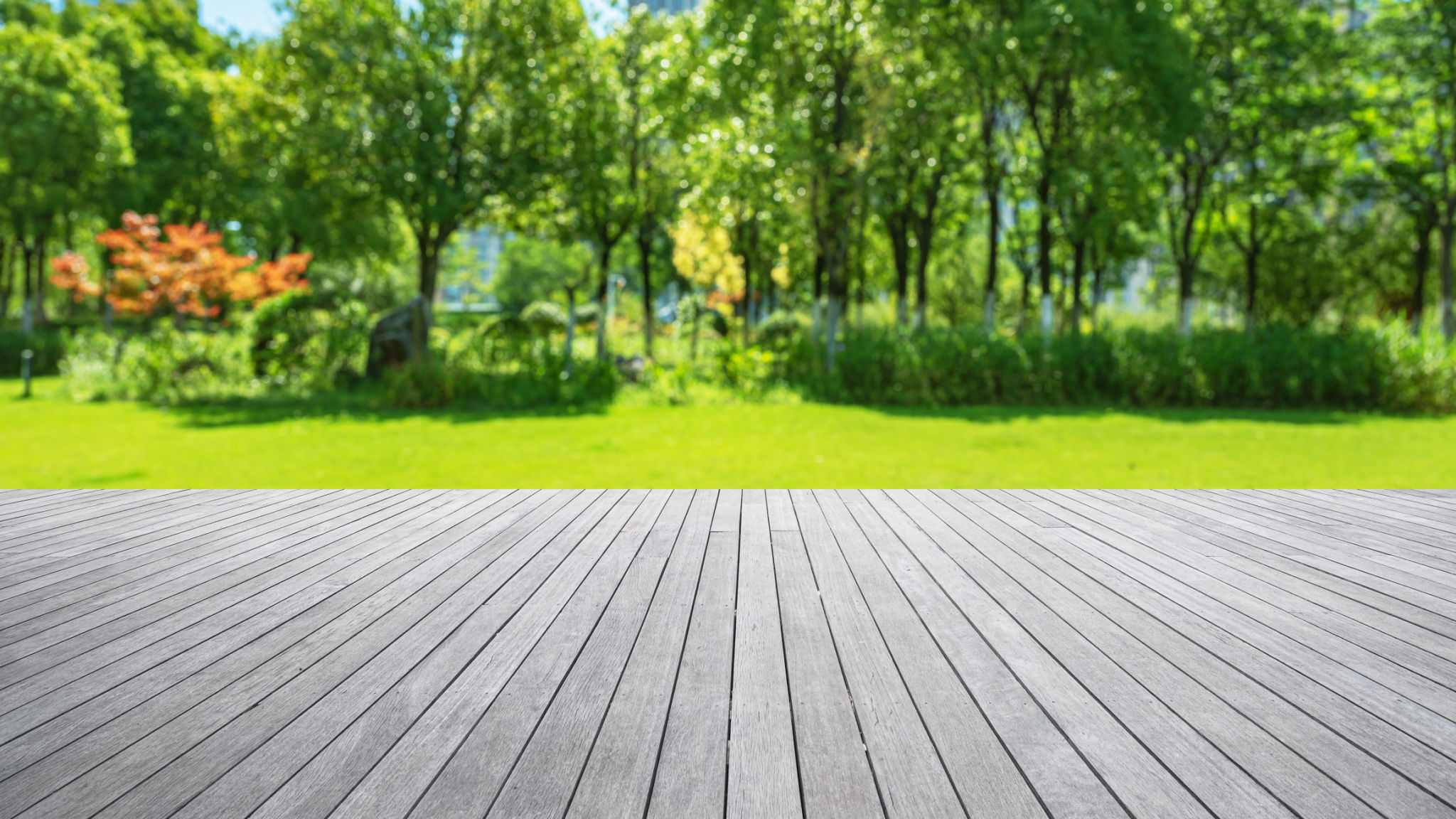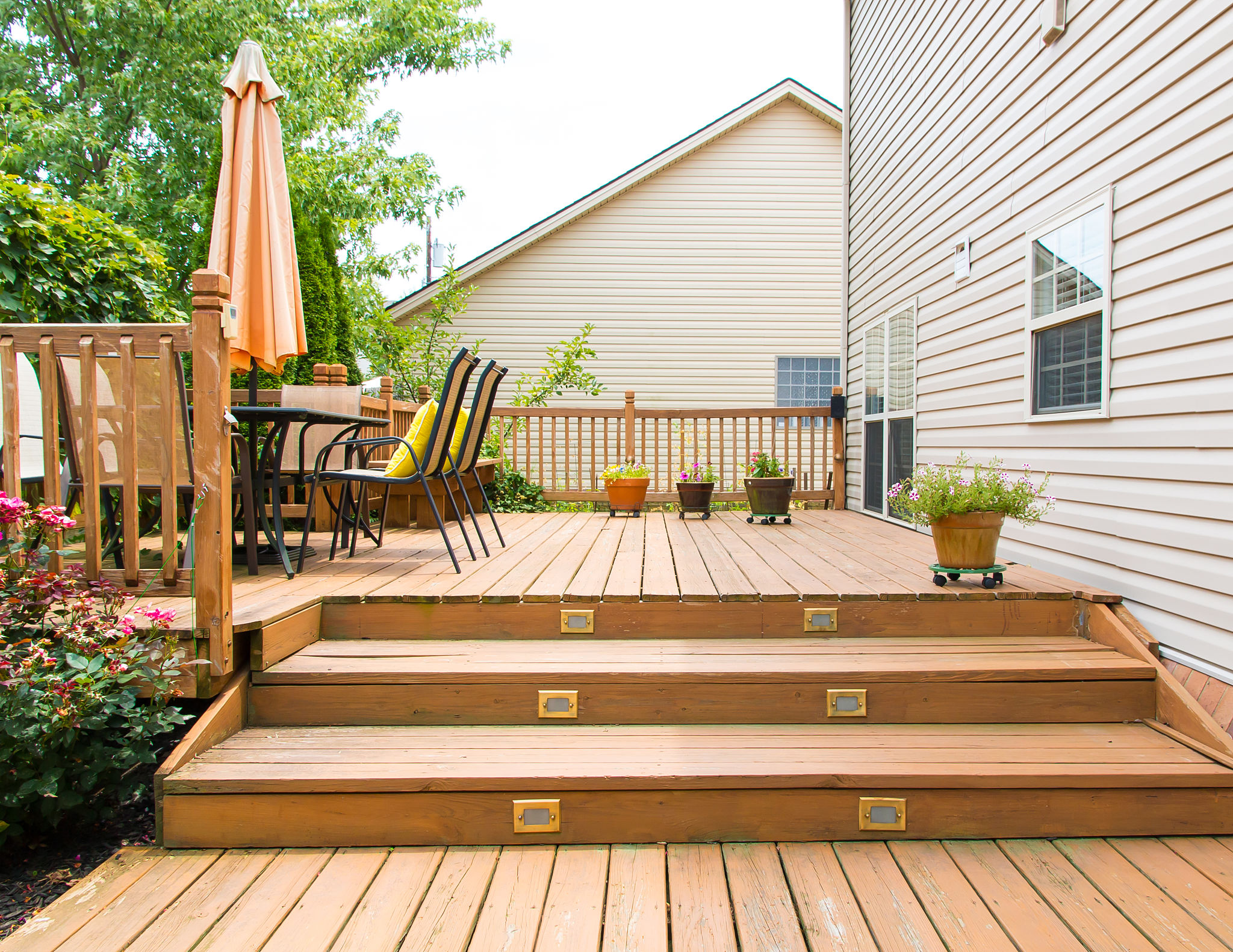Why Choose PVC Over Wood for Your Deck: A Comprehensive Guide
Durability and Longevity
When it comes to building a deck, one of the most important factors to consider is durability. PVC (polyvinyl chloride) decking is renowned for its ability to withstand the elements and resist wear and tear over time. Unlike wood, PVC does not rot, warp, or succumb to insect damage. This makes it an ideal choice for homeowners looking for a long-lasting solution.
Wood decks, while charming and traditional, can suffer from weather-related issues such as splintering and fading. In contrast, PVC decking retains its appearance and structural integrity for many years, significantly reducing maintenance efforts and costs.

Low Maintenance Requirements
One of the major advantages of PVC decking is its low maintenance requirements. With wood decks, regular sealing, staining, and painting are necessary to maintain their appearance and longevity. PVC decking eliminates these tasks, as it does not require sealing or painting to maintain its color and finish.
Homeowners can enjoy their outdoor space without the hassle of constant upkeep. Simple cleaning with soap and water is usually sufficient to keep PVC decks looking their best, allowing you to spend more time enjoying your deck rather than maintaining it.
Environmental Considerations
Choosing PVC over wood for your deck can also have environmental benefits. Many PVC decking products are made from recycled materials, reducing the demand for new resources. Additionally, the long lifespan of PVC means fewer materials are consumed over time compared to wood, which may need to be replaced more frequently.

Moreover, the production process of PVC has improved over the years, with many manufacturers focusing on reducing emissions and waste. By selecting PVC, you can contribute to a more sustainable future while enjoying a beautiful and functional outdoor space.
Aesthetic Versatility
PVC decking offers a wide range of design options that can mimic the look of natural wood without the associated drawbacks. Advanced manufacturing techniques have made it possible to create realistic wood grain patterns and a variety of color choices. This means you can achieve the desired aesthetic for your deck without compromising on performance.
Whether you prefer a classic wood appearance or a modern design, PVC decking provides the flexibility to match your style preferences. This versatility ensures that your deck complements your home and enhances its overall appeal.

Cost Considerations
While the initial cost of PVC decking may be higher than traditional wood options, it's important to consider the long-term savings. The reduced maintenance requirements, coupled with the extended lifespan of PVC, often result in lower overall costs over time. Homeowners can enjoy peace of mind knowing they are investing in a durable product that will not require costly repairs or replacements.
Additionally, the ease of installation associated with PVC decking can further reduce expenses. Many systems are designed for straightforward installation, which can help save on labor costs if you opt for professional installation.
Safety Features
Safety is another key consideration when choosing decking materials. PVC decks often feature slip-resistant surfaces that provide better traction than traditional wood decks. This is particularly beneficial in wet conditions, reducing the risk of slips and falls.

Furthermore, PVC decking is free from splinters, making it a safer option for families with children or pets. The smooth surface ensures that everyone can enjoy the deck without worry.
- Durability and Longevity
- Low Maintenance Requirements
- Environmental Considerations
- Aesthetic Versatility
- Cost Considerations
- Safety Features
In conclusion, choosing PVC over wood for your deck offers numerous benefits that make it an appealing option for any homeowner. From its durability and low maintenance to its environmental advantages and versatile design options, PVC decking provides a practical and attractive solution that enhances your outdoor living space.